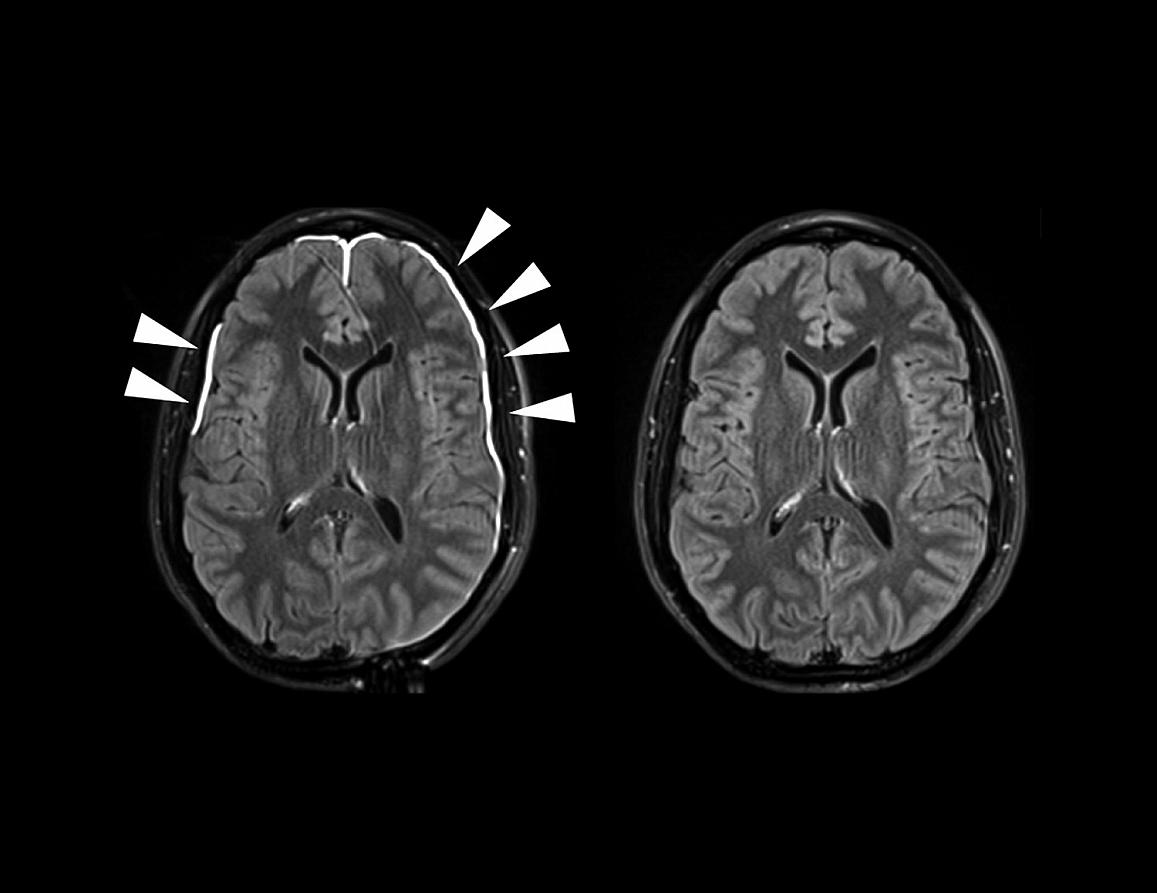IRP scientists watch the brain’s lining heal after a head injury
Study provides insights into the immune system’s role in recovery after concussion in mice
Following head injury, the protective lining that surrounds the brain may get a little help from its friends: immune cells that spring into action to assist with repairs. In a new study, scientists from the National Institutes of Health watched in real-time as different immune cells took on carefully timed jobs to fix the damaged lining of the brain, also known as meninges, in mice. These results may help provide clues to the discovery that the meninges in humans may heal following mild traumatic brain injury (mTBI) and why additional hits to the head can be so devastating.
“The lining of the brain, with help from the immune system, has a remarkable ability to put itself back together again after injury,” said Dorian McGavern, Ph.D., scientist at the NIH’s National Institute of Neurological Disorders and Stroke and the senior author of the study published in Nature Immunology. “As we learn more about all the cells involved in the repair process, we may be able to identify potential targets for therapy that lead to better outcomes for patients.”
The study came about from an observation on MRI scans of adult patients who experienced a concussion or mTBI. Around half of patients with mTBI show evidence of injury to blood vessels in the meninges, which appears on MRI scans as a vascular dye leaking out of the damaged vessels.

One day after head injury (left), bright dye along the edge of the brain suggests damage to the meninges, or the brain’s protective lining. After 35 days (right), the dye no longer appears, indicating the meninges may have healed.
This page was last updated on Friday, January 21, 2022